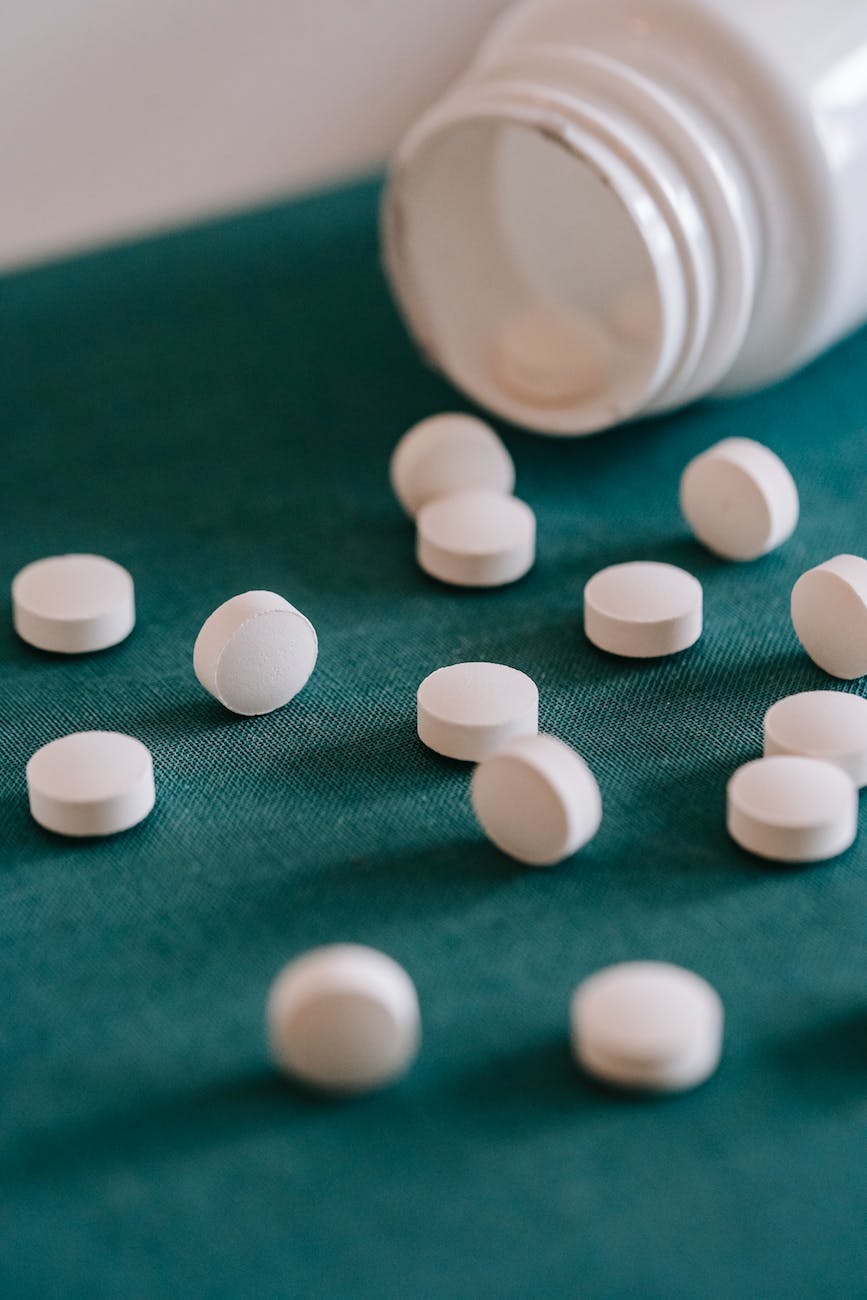
Prescription drugs have revolutionized modern medicine, offering solutions to a myriad of health issues. However, the misuse and abuse of these drugs have become a growing concern. Prescription drug abuse can have severe health consequences and impact every aspect of an individual’s life. This article explores the risks, recognition, and prevention of prescription drug abuse.
Risks Associated with Prescription Drug Abuse:
Prescription drugs can be broadly categorized into three classes concerning abuse potential:
- Opioids: Prescription pain relievers like oxycodone, hydrocodone, and fentanyl. Opioid abuse can lead to addiction, overdose, and respiratory failure.
- Sedatives and Tranquilizers: Medications like benzodiazepines and sleep medications. Misuse can result in drowsiness, impaired coordination, and overdose.
- Stimulants: Drugs used to treat conditions like attention deficit hyperactivity disorder (ADHD), such as Adderall and Ritalin. Abuse can lead to increased heart rate, high blood pressure, and mental health issues.
Recognizing Prescription Drug Abuse:
Recognizing prescription drug abuse in oneself or a loved one is crucial for early intervention. Warning signs may include:
- Changes in Behavior: Unexplained mood swings, irritability, or increased secrecy.
- Social Isolation: Withdrawing from friends and family, especially if it’s a noticeable change.
- Frequent Doctor Shopping: Seeking prescriptions from multiple doctors or visiting multiple pharmacies.
- Requesting Early Refills: Needing medication refills more often than prescribed.
- Neglecting Responsibilities: Missing work, school, or family commitments due to drug use.
- Physical Symptoms: Signs like excessive drowsiness, slurred speech, or unsteady movements.
- Financial Problems: Unexplained financial difficulties, often due to the high cost of obtaining prescription drugs on the black market.
Preventing Prescription Drug Abuse:
Prevention is the most effective approach to addressing prescription drug abuse. Here are key strategies:
- Patient Education: Physicians and healthcare providers must educate patients on the proper use and risks associated with prescription drugs.
- Safe Storage: Keep prescription medications in a secure and locked location to prevent unauthorized access.
- Proper Disposal: Dispose of unused or expired medications through take-back programs to ensure they don’t end up in the wrong hands.
- Physician Vigilance: Healthcare providers should screen patients for potential substance abuse and closely monitor high-risk prescriptions.
- Alternative Treatments: Explore non-pharmaceutical alternatives for managing pain or other health conditions.
- Community Outreach: Community programs, educational initiatives, and awareness campaigns can help reduce prescription drug abuse.
- Access to Treatment: Ensure that individuals struggling with prescription drug abuse have access to addiction treatment and mental health services.
Prescription drug abuse is a growing public health concern with severe consequences. Early recognition and prevention are key to addressing this issue. It’s essential for individuals to be educated about the risks of prescription drugs, healthcare providers to be vigilant in prescribing, and communities to provide support and treatment options for those in need. By working together, we can reduce the prevalence of prescription drug abuse and its devastating effects on individuals and communities. If you or someone you know is struggling with prescription drug abuse, seeking help is the first step toward recovery and a healthier, drug-free life.



